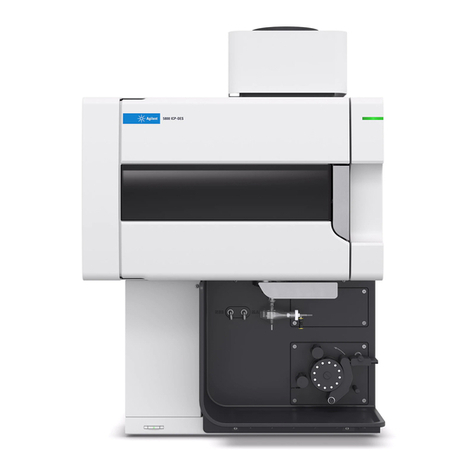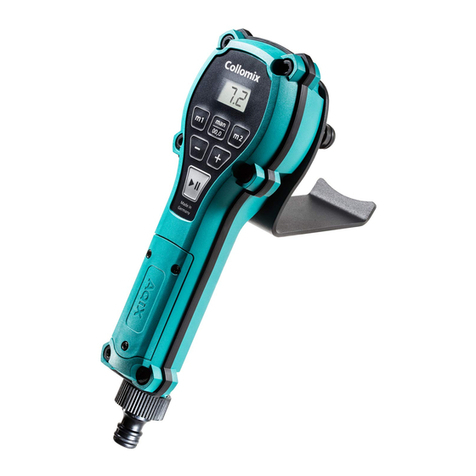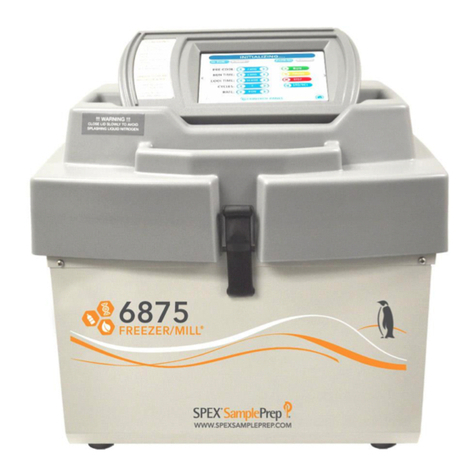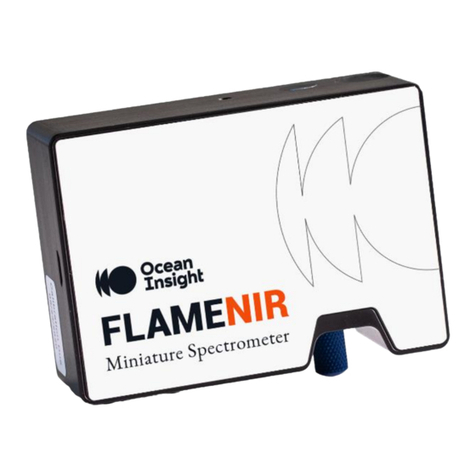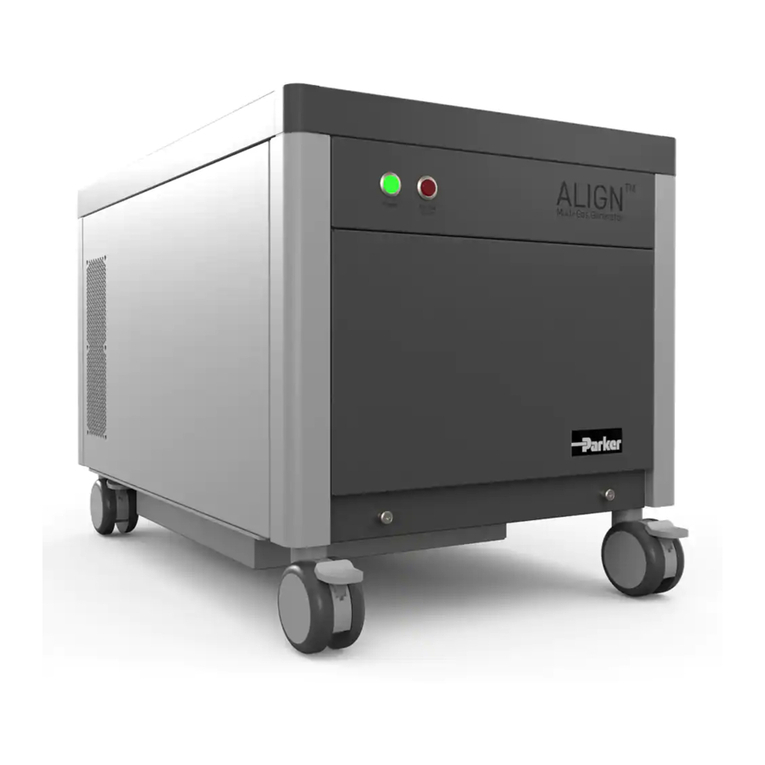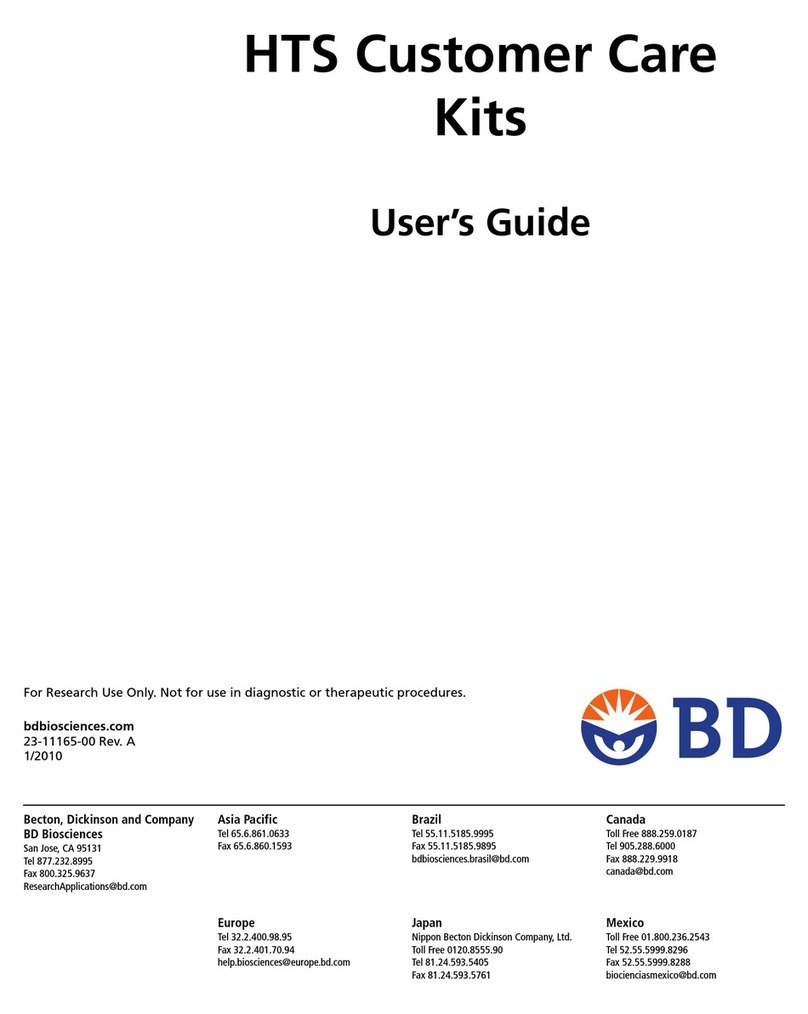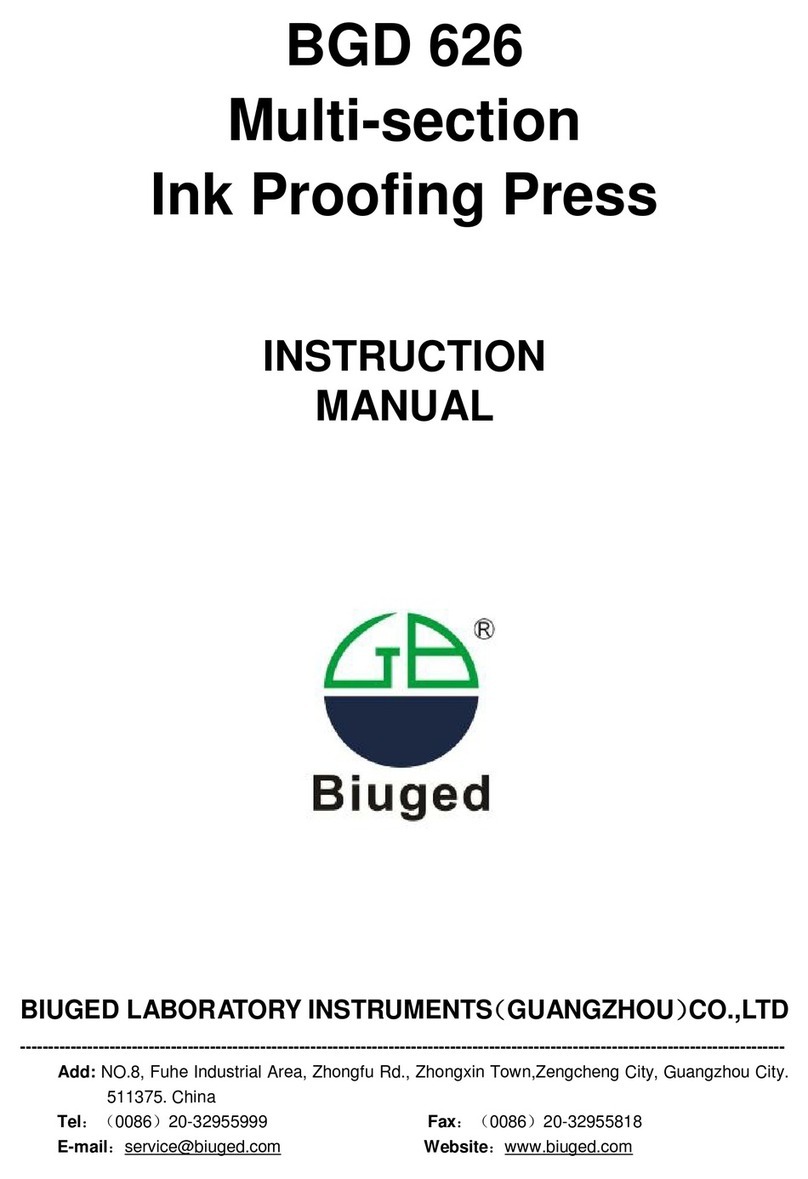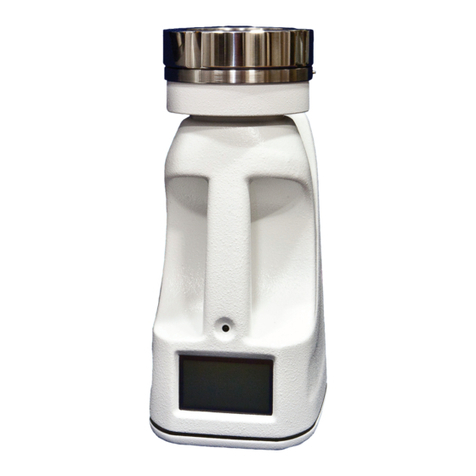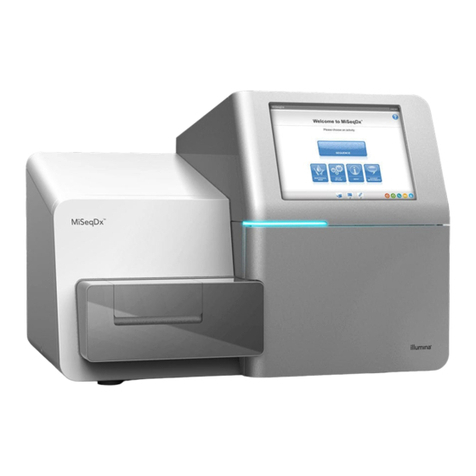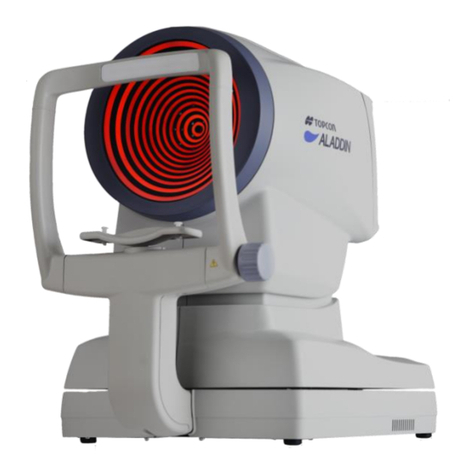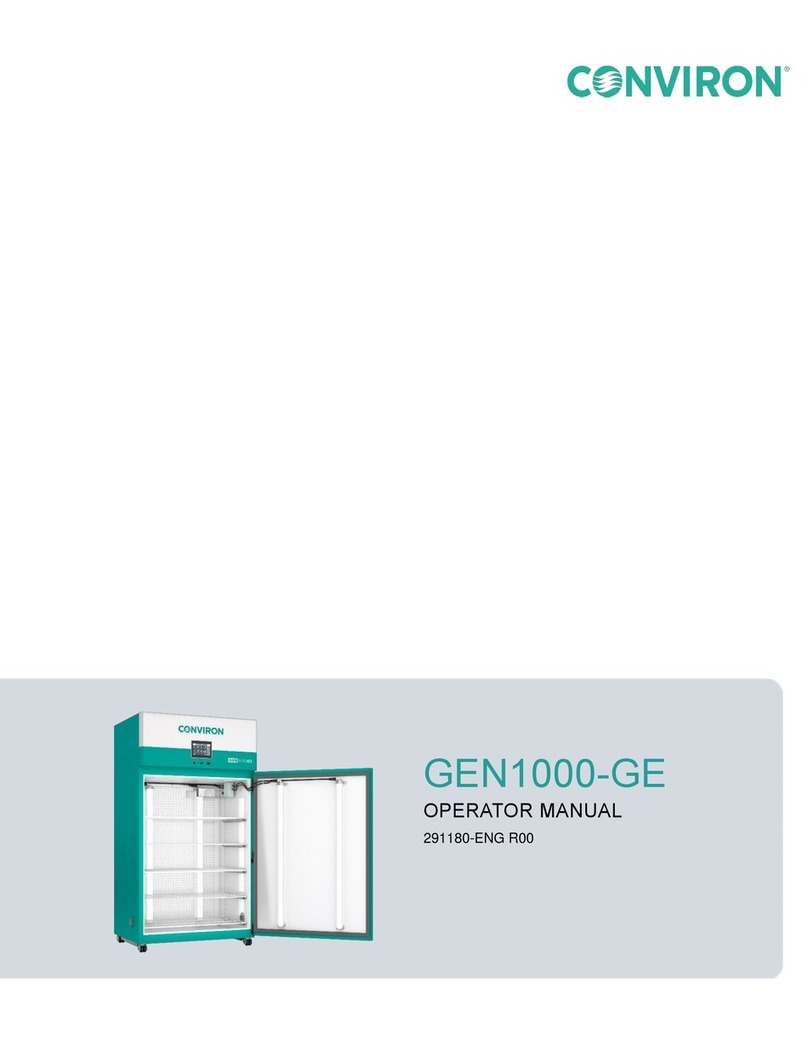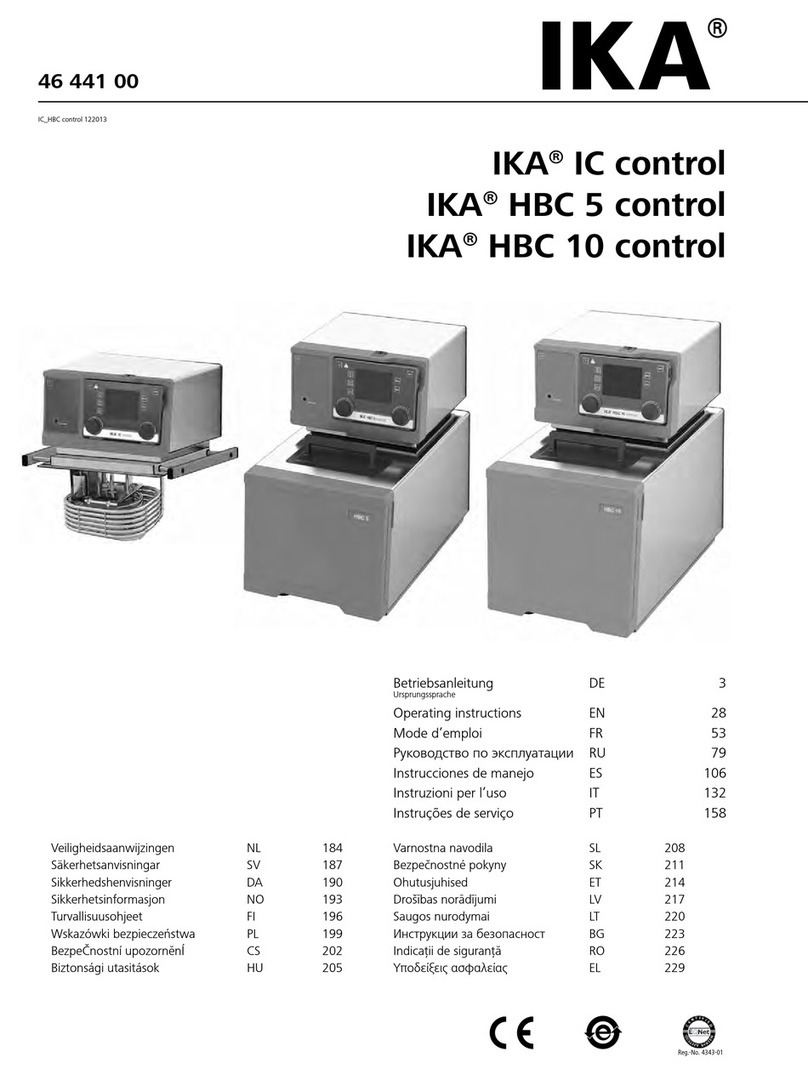
CONTENTS
Page
1. OUTLINE.................................................................................................................................... 1
1-1 Features of Product.............................................................................................................. 1
1-2 Operation Principle............................................................................................................... 1
1-3 Specifications of Product...................................................................................................... 1
1-4 Target Users of This Repair Manual ..................................................................................... 2
1-5 How to Use This Repair Manual........................................................................................... 3
1-6 Cautions............................................................................................................................... 4
2. PRODUCT OUTLINE ................................................................................................................. 5
2-1 Nomenclature....................................................................................................................... 5
2-2 Optical Arrangement and Names ......................................................................................... 6
2-3 Electrical Wiring Diagram..................................................................................................... 7
3. REPAIR ...................................................................................................................................... 8
3-1 Disassembly and Assembly Procedures............................................................................... 8
3-2 Names of PCB................................................................................................................... 15
3-3 Specifications of Switches.................................................................................................. 18
3-4 Names of Motors and Sensors........................................................................................... 20
3-5 Trouble Shooting................................................................................................................ 22
3-6 Assembly and Adjustment Procedures............................................................................... 43
3-7 Version up of software........................................................................................................ 48
3-8 Replacement of the PCB for the near-point illumination LED.............................................. 53
4. TOOLS..................................................................................................................................... 55
4-1 Special Tools...................................................................................................................... 55
4-2 General Tools..................................................................................................................... 56
